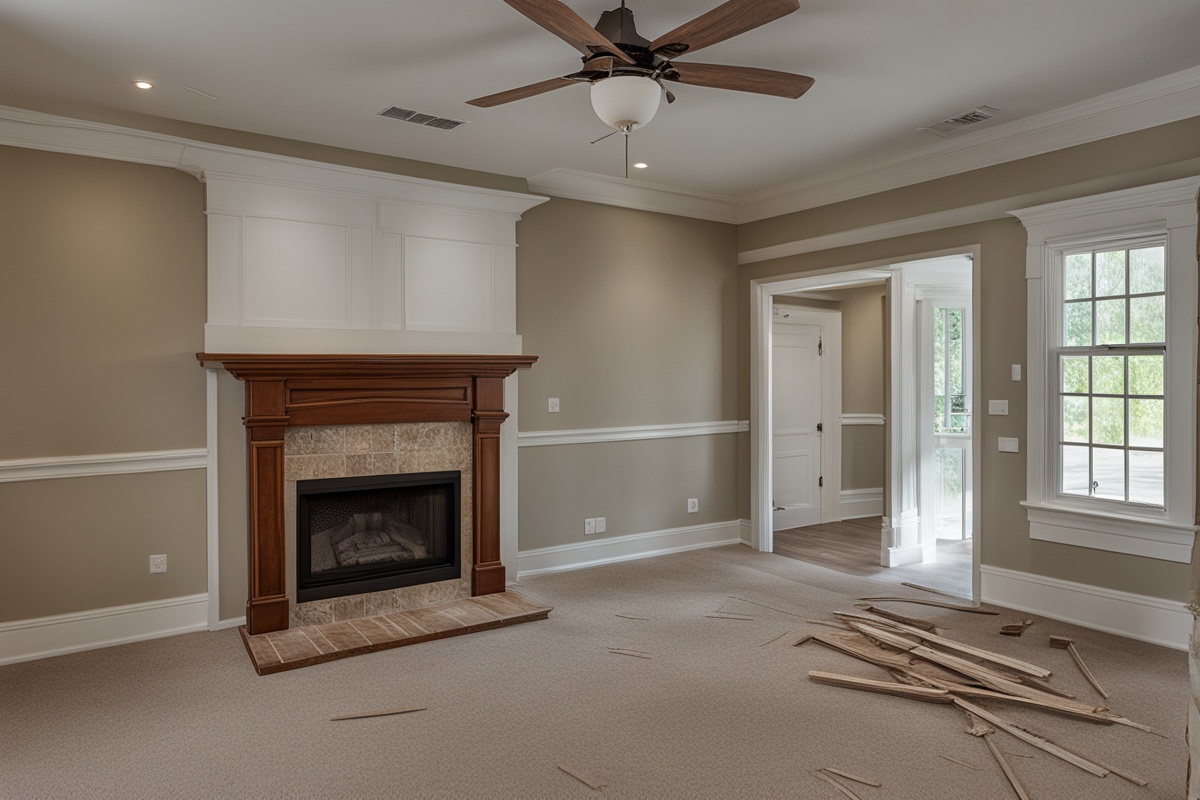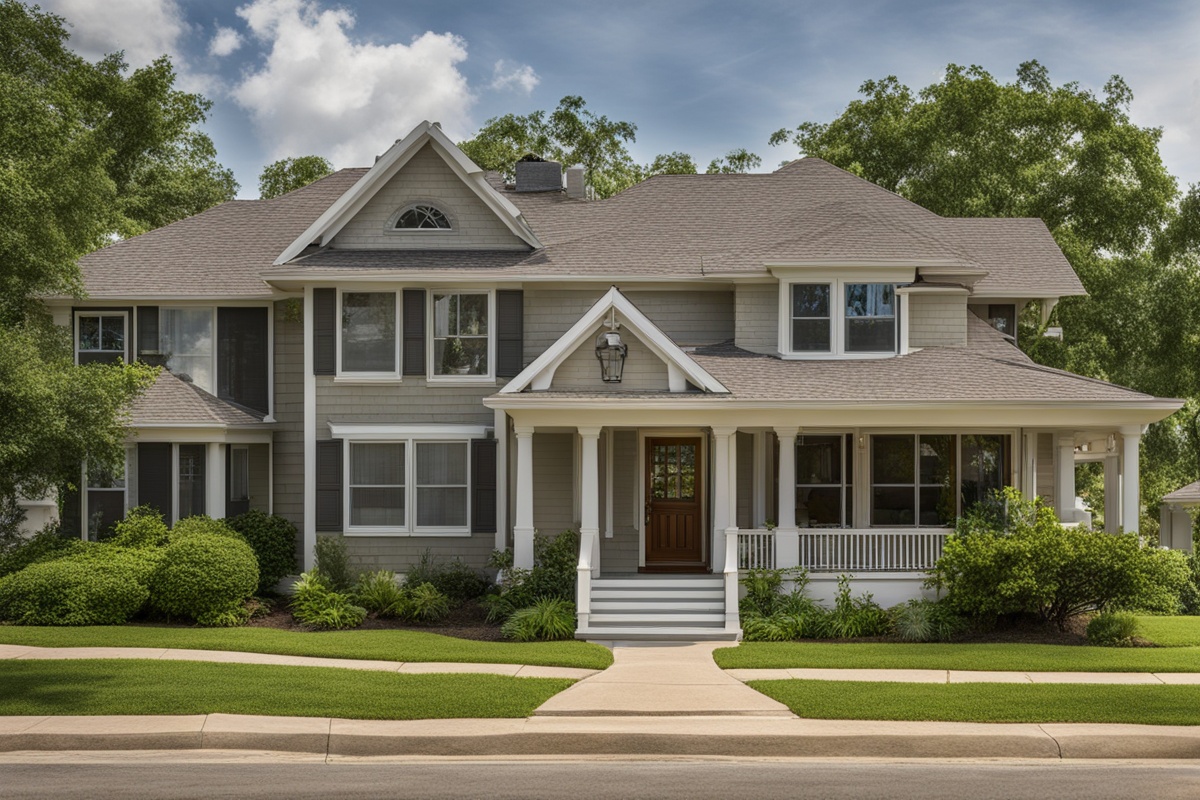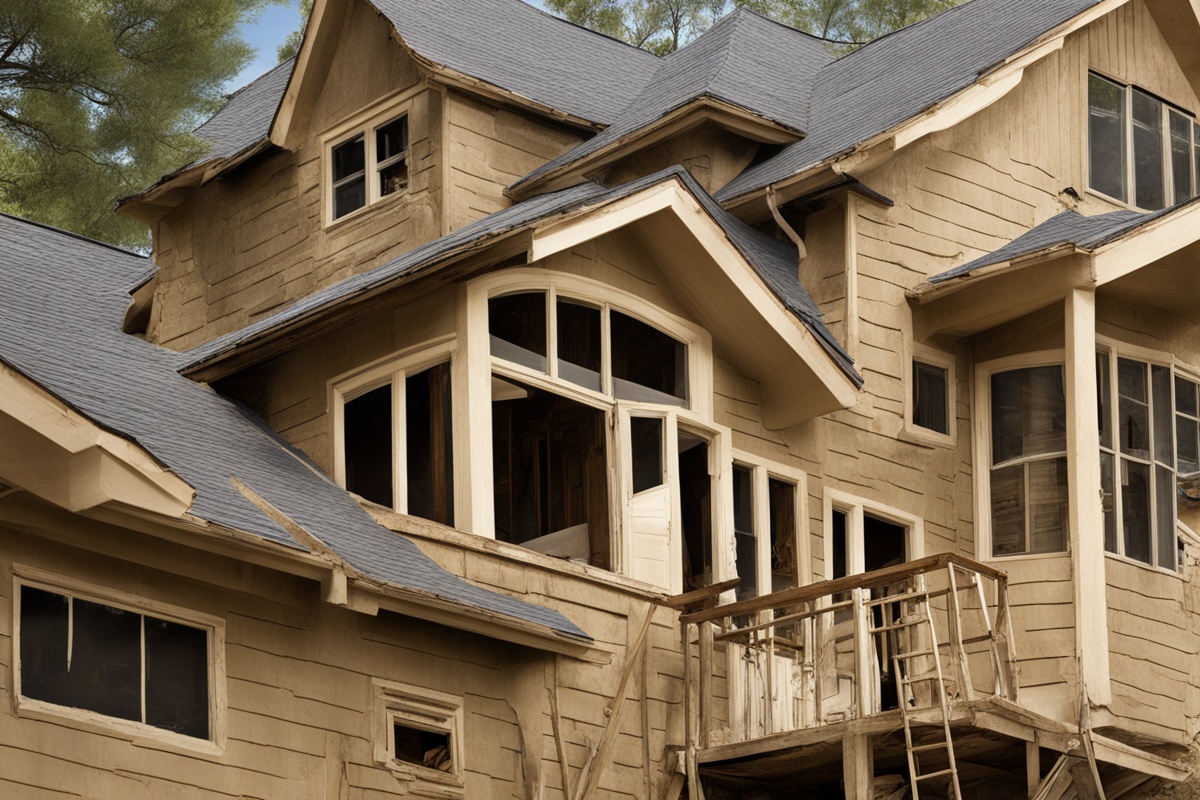Property rehabilitation is a transformative process that breathes new life into neglected or damaged homes, turning them into valuable assets. For investors, DIY enthusiasts, and homeowners alike, reviving distressed homes successfully is both a challenge and an opportunity. This journey involves strategic planning, financial foresight, and a deep understanding of the real estate market. In this comprehensive guide, we’ll explore the key steps, benefits, and potential pitfalls of rehabilitating distressed properties to help you achieve a successful outcome.
Understanding Distressed Homes and Their Potential
Distressed homes are properties in poor condition due to neglect, foreclosure, or damage from natural disasters. These homes often come at a lower price point, making them attractive to investors looking to flip or rent them out for profit. However, the term “distressed” can also apply to properties facing financial issues, such as those in pre-foreclosure or short sale situations. Reviving distressed homes successfully starts with recognizing their hidden potential. A dilapidated house in a good neighborhood, for example, could become a gem with the right renovations. Before diving in, conduct thorough research on the property’s history, structural integrity, and local market trends to ensure the investment is worth the effort.
Key Steps to Reviving Distressed Homes Successfully
The process of rehabilitating a distressed home requires a systematic approach to avoid costly mistakes. First, secure financing—whether through personal savings, loans, or partnerships. Next, create a detailed budget that accounts for purchase costs, repairs, permits, and unexpected expenses. Hiring a professional inspector is crucial to identify structural issues, mold, or electrical problems that could derail your project. Once you’ve assessed the scope of work, prioritize repairs that add the most value, such as updating kitchens and bathrooms. Finally, develop a realistic timeline to ensure the project stays on track. By following these steps, you can transform a rundown property into a marketable home. For more insights on budgeting for renovations, check out our post on Cost-Effective Home Renovation Strategies.
Navigating Legal and Financial Challenges
Reviving distressed homes successfully often involves navigating a maze of legal and financial hurdles. Properties in foreclosure or short sale may come with liens or title issues that need to be resolved before purchase. Additionally, local zoning laws and building codes can impact the scope of renovations. Financially, underestimating repair costs or over-leveraging loans can lead to significant losses. To mitigate these risks, work with a real estate attorney and a financial advisor to ensure all legalities are addressed and your investment remains secure. For tips on managing renovation finances, explore our guide on Financing Your Property Flip.
Design and Renovation Tips for Maximum ROI
When rehabilitating distressed homes, the goal is often to maximize return on investment (ROI). Focus on renovations that appeal to a wide range of buyers or renters. Neutral color palettes, modern fixtures, and energy-efficient appliances can significantly boost a property’s value without breaking the bank. Avoid over-improving for the neighborhood—luxury finishes in a modest area may not yield the desired returns. Additionally, consider staging the home to showcase its potential. Thoughtful design choices can make all the difference in attracting buyers. Learn more about staging in our article on Home Staging for Quick Sales.
Marketing and Selling Rehabilitated Homes
Once the renovation is complete, the next step in reviving distressed homes successfully is marketing the property effectively. High-quality photos, virtual tours, and detailed listings can highlight the transformation and attract potential buyers. Partnering with a real estate agent who understands the local market can also expedite the sale. If you’re renting the property, emphasize its updated features and proximity to amenities. Timing is critical—list the home during peak buying seasons for the best results. For additional marketing strategies, read our post on Real Estate Marketing Tips for Investors.
Common Pitfalls to Avoid in Property Rehabilitation
While the rewards of reviving distressed homes can be substantial, there are common pitfalls that can derail your project. One major mistake is underestimating costs—always build a buffer into your budget for unexpected repairs. Another is neglecting to research the neighborhood; a beautifully renovated home in a declining area may struggle to sell. Additionally, failing to obtain necessary permits can result in fines or forced demolition of unapproved work. Finally, avoid rushing the process—cutting corners on quality can diminish the property’s value. Stay informed by checking out our guide on Avoiding Common Real Estate Investment Mistakes.
Disclaimer: The information provided in this article is for general informational purposes only and should not be considered professional financial, legal, or real estate advice. Property rehabilitation carries inherent risks, and outcomes may vary based on individual circumstances, market conditions, and other factors. Always consult with qualified professionals, such as real estate agents, attorneys, and financial advisors, before embarking on any property investment or renovation project. The author and publisher are not liable for any losses or damages resulting from the use of this content.
References
- Realtor.com – What Is a Distressed Property?
- Forbes – How to Flip a Distressed Property for Profit
- Investopedia – Distressed Property Definition
- HUD.gov – Buying a Home
- National Association of Realtors – Housing Statistics
This content is for informational purposes only and not a substitute for professional advice.





